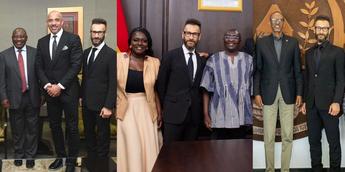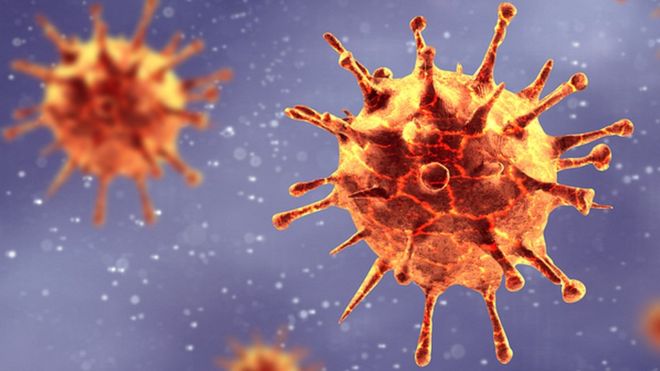More young people than adults are getting infected with Covid-19 in the Ashanti Region.
Statistics from the regional health directorate show 50 percent of 163 confirmed cases fall below 50 years, with the youngest age10.
Authorities say 17 of the region’s 43 districts have recorded confirmed cases of the virus, with Obuasi Municipality leading with 47.
At least, 119 of 163 persons who have contracted Covid-19 as at May 6, 2020, are aged between 10 and 49.
Forty-nine cases are in the age brackets of 20 and 29, 33 of them range from 30 to 39, and 11 are under 19-years.
Patients between 40 and 49 years accounted for 26 of confirmed cases.
Ashanti Regional Health Director, Dr. Emmanuel Tinkorang, revealed the youngest Covid-19 victim in the region is a 10-year old.
“If you look at our data, you realised that this time it’s the young people are basically infected; it’s because they are taking the risk,” says Dr. Emmanuel Tinkorang, Ashanti Regional Health Director.
Dr. Tinkorang blames high infections among the youth on recklessness.
He warns the situation cannot get better when risk perception among the youth remains high.
“Young people always and especially the male always want to take risk.
How many old people do you see in town,” he quizzed.
“You see when you are getting to a certain age, your risk perception changes. And when you go to town and you see what is going on, then you don’t have to dispute it.
“I can even without any test tell you that if people are going to get infected, then it would be the young ones,” he added.
Meanwhile, health authorities are targeting high risk persons whose work exposes them to large traffic in a new mass testing regime.
Dr. Tinkorang says the move is part of efforts re-organize and redesign Covid-19 management protocols.
“We will adopt the principle of tracing, testing and isolation. That is the basic principle. This time, we are going to focus basically on the high risk group. When we talk about high risk group, we mean people who frequently come into contact with one another.
“For instance commercial drivers, hairdressers, market women who are always in touch with the people; we can add the security agencies.”































